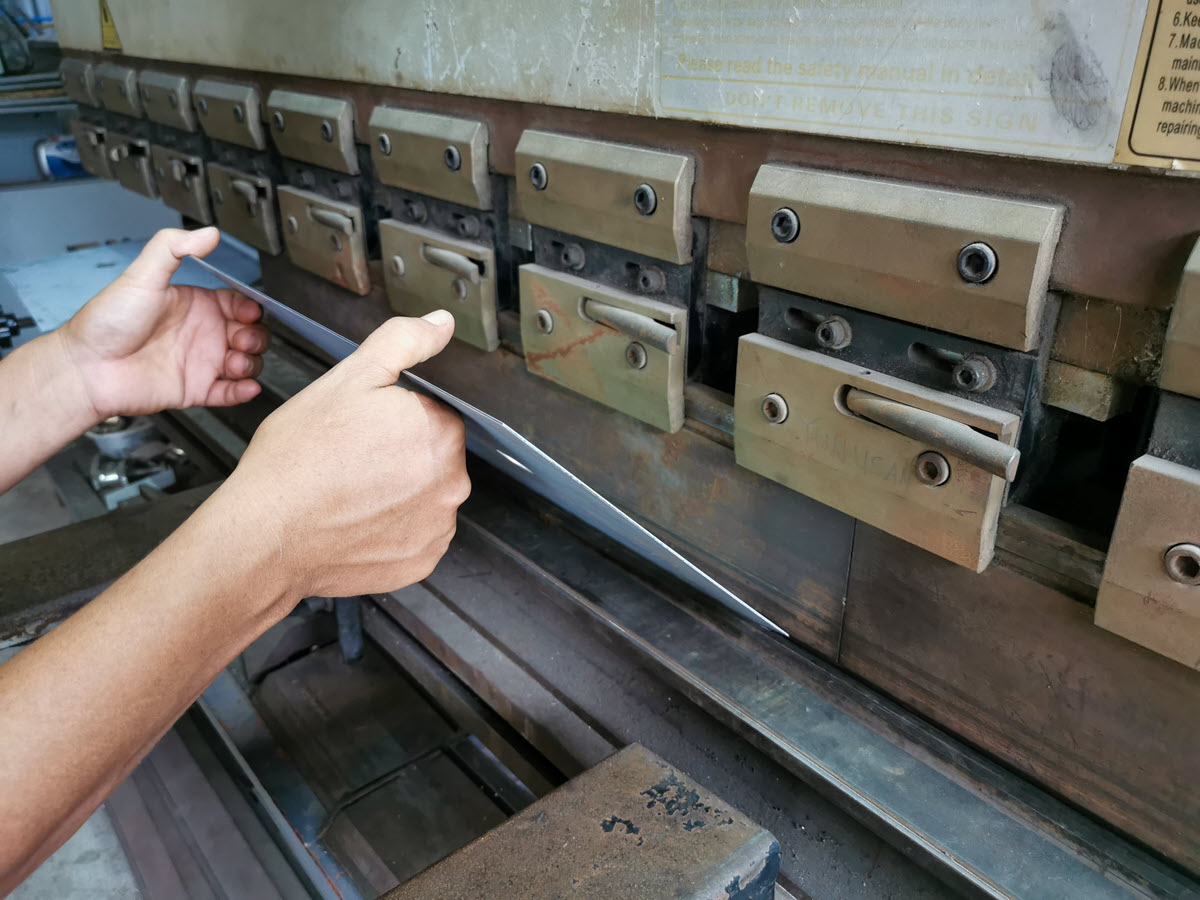-

Non-Normal Distributions in the Real World
One day, early in my quality career, I was approached by my friend Wayne, the manager of our galvanizing plant. ‘Tom,” he began, “I’ve really been pushing quality in my area lately, and everyone’s involved. We’re currently working on a problem with plating thickness. Your reports always show a 3-percent to 7-percent reject rate, and…
-
Toyota Quality and the KISS Principle
If you’ve ever read The Toyota Way, or even Taiichi Ohno’s book Toyota Production System you’ll be immediately struck by one observation: quality is simple. Toyota resolves most quality issues quickly because they limit the big quality killer: inventory. Inventory kills quality by placing a time-delay between the appearance of a quality problem and it’s…
-
Measuring Customer Satisfaction and Expectations
There is much confusion about the constructs of quality and customer satisfaction (Q/CS). “Quality is doing the right things right,” say some experts, but how can we be assured that a service provider is doing the right things? Here’s an example: “I recognize that the opera singer has a tremendous vocal range [high quality], but…
-
Voice of the Customer-The New QFD
To say Mary Scott was nervous was an understatement. She was downright scared. Since her new boss told her that Quality 2.0 would be different, there was one change that she most dreaded: making her department’s transition from a cost center to a profit center. “We need to sell our services, people,” Mary announced. She…
-
Root Cause Analysis: When to Stop
“Is that Miss or Mrs.?” the receptionist asked. “Miss,” replied the elderly lady. “My friends just call me Di.” The receptionist nodded as she typed. “Got it. Miss Di Agnosed. That should be all we need for the records. You can see the doctor now.” Dr. W. R. Ong smiled pleasantly. “What seems to be…
-

How Do I Compute Sigma? Let Me Count the Ways
With SPC work, we normally try to analyze a process distribution’s shape, central tendency and spread. We usually measure this last item by computing an estimate of the process standard deviation, or sigma, designated with the Greek letter σ. There are several ways to do this; I’ll discuss the pros and cons of some of…
-

Selecting Winning Project Portfolios
Software helps select the best projects. In a previous post I discussed how Six Sigma projects should be selected using the theory of constraints (TOC). After attempting to do so, most discover yet another constraint: money. In most organizations there are more opportunities for improvement than one can afford to pursue. If it isn’t money,…
-

DMAIC and Project Plans
Six Sigma’s magic doesn’t lie in statistical or high-tech razzle-dazzle. Six Sigma relies on tried-and-true methods that have been around for decades. In fact, Six Sigma discards a great deal of the complexity that characterizes total quality management (TQM). By one expert’s count, there are more than 400 TQM tools and techniques. Six Sigma takes…
-
Tough Times and Lean Six Sigma
Tom provides a little background on the current economic crisis, and some pointers to help you survive and prosper.
-

Divide and Conquer
A typical Six Sigma project adds between $145,000 and $250,000 to the bottom line. These numbers provide useful guidelines to the Black Belt for breaking the project down to manageable size. True Six Sigma projects are neither too large nor too small. It’s rare that the project as it’s initially proposed will be the right…
